Planck Stories

Updated June. 16, 2022, 6 p.m. PDT (9 p.m. EDT): Language was added to acknowledge the contribution of radio telescopes to the images. The stunning perspectives show four of our galactic neighbors in a different light. New images using data from ESA (European…
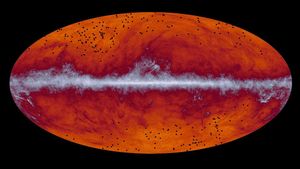
This map of the entire sky was captured by the European Space Agency's Planck mission. The band running through the middle corresponds to dust in our Milky Way galaxy.
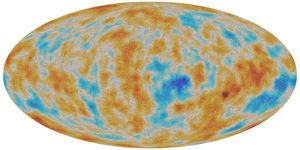
A visualization of the polarization of the Cosmic Microwave Background, or CMB, as detected by ESA's Planck satellite over the entire sky.
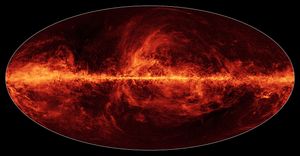
Our Milky Way galaxy is ablaze with dust in this new all-sky map from Planck, a European Space Agency mission with important NASA contributions. The towers of fiery colors are actually dust in the galaxy and beyond that has been…
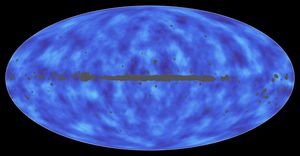
Matter lying between Earth and the edge of the observable universe is shown in this all-sky map from Planck, a European Space Agency mission with important NASA contributions.
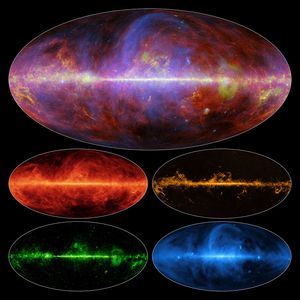
A new, dynamic portrait of our Milky Way galaxy shows a frenzy of gas, charged particles and dust as seen by the European Space Agency's Planck mission.
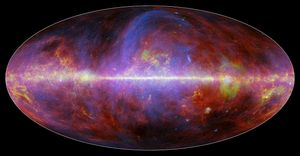
This composite image comes from the ESA's Planck shows a festive portrait of our Milky Way galaxy shows a mishmash of gas, charged particles and several types of dust.
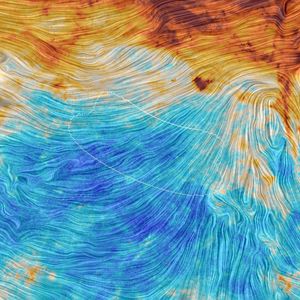
The color scale in this image from the Planck mission represents the emission from dust, a minor but crucial component that pervades our Milky Way galaxy. The texture indicates the orientation of the galactic magnetic field.
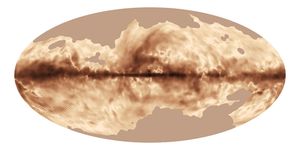
The magnetic field of our Milky Way galaxy as seen by ESA's Planck satellite. This image was compiled from the first all-sky observations of polarized light emitted by interstellar dust in the Milky Way.
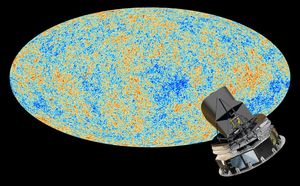
The oldest light in the universe, called the cosmic microwave background, as observed by the Planck space telescope is shown in the oval sky map. An artist's concept of Planck is next to the map.



























